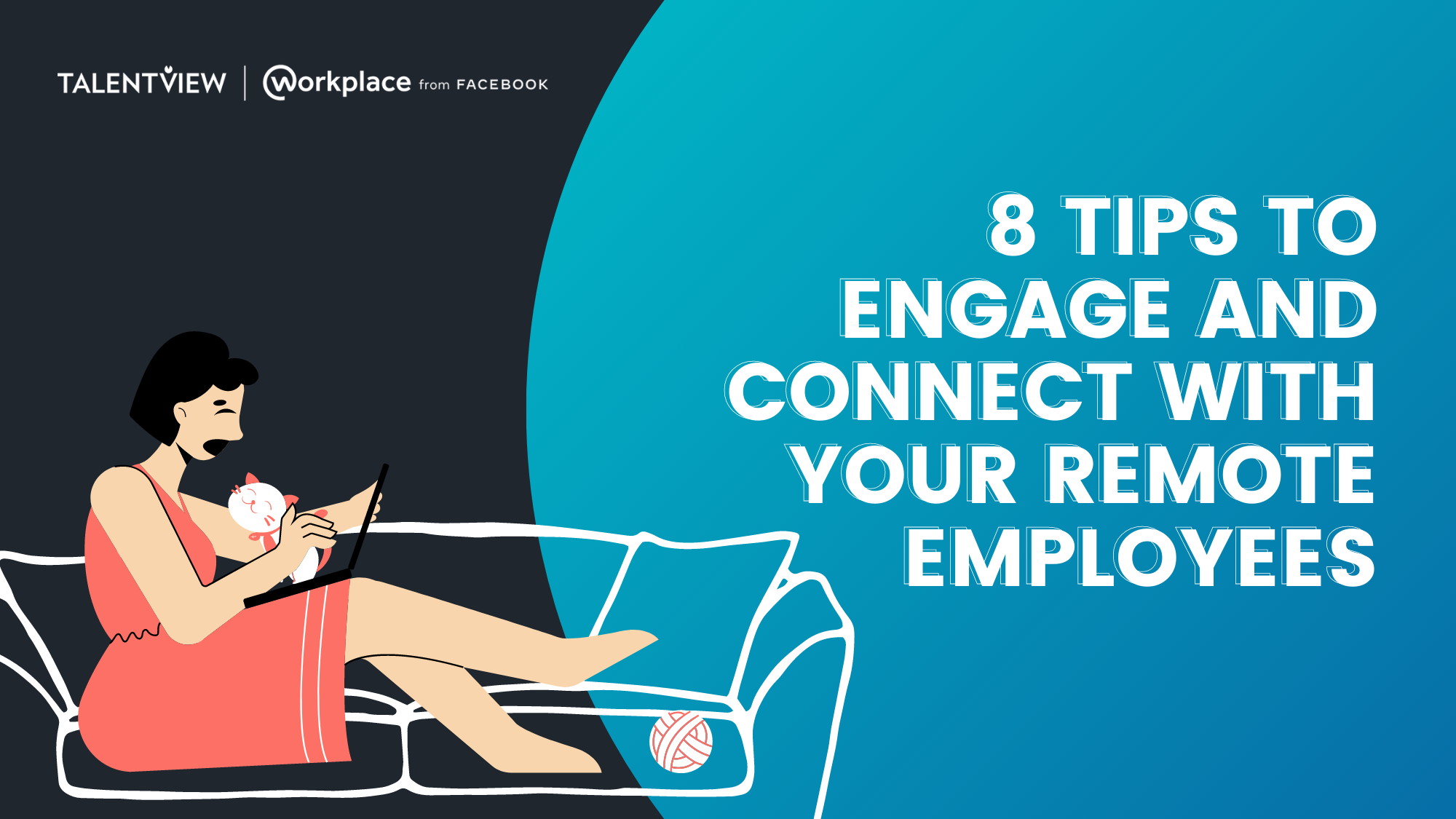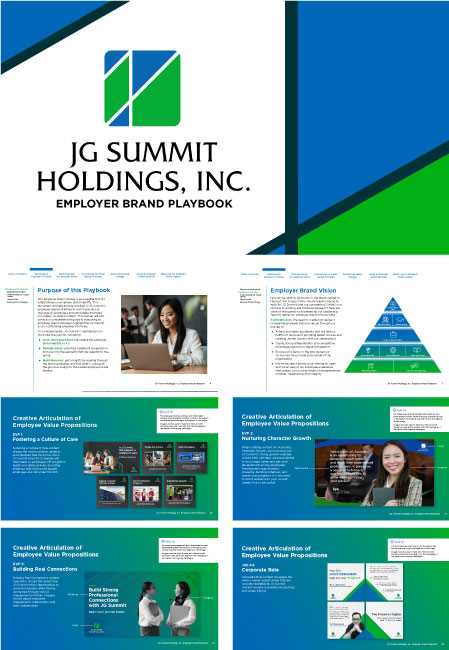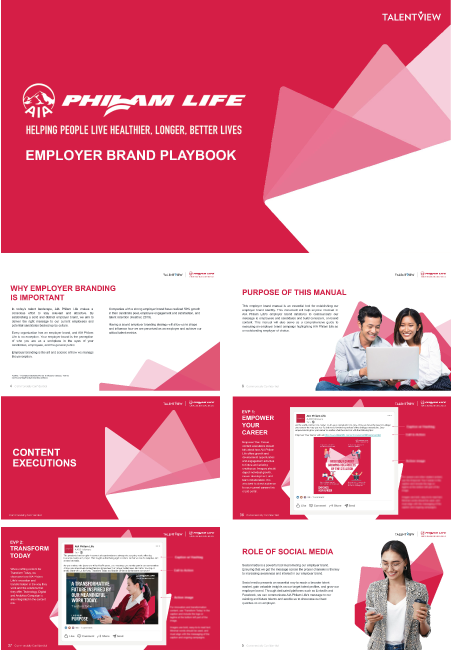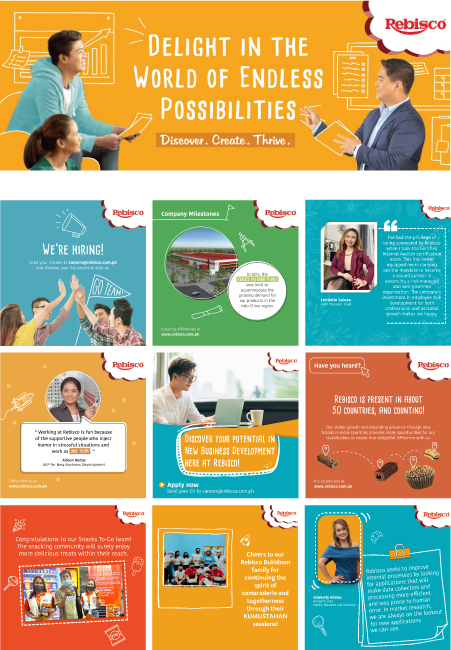Engaging Remote Employees: Why and How to Do It
Engaging Remote Employees
Engaging a remote workforce can be a challenge. But there are tried and trusted ways to connect with people that can positively impact personal productivity and sense of purpose. We take a look.
Tips to engage and connect with remote employees

1. Keep people updated
It’s essential to keep your remote workforce updated in a frequently changing landscape to contain any uncertainty or anxiety they may be feeling. Make it part of your business communication plan to share company news with people before announcing it publicly to give employees a chance to ask questions and provide feedback.

2. Support personal and professional wellbeing
Issues with wellbeing might not be so easy to spot virtually, so learn to look for cues that remote employees may be struggling then step in early. Clues that someone is experiencing ‘isolation fatigue’ include keeping their camera off, skipping meetings and calling in sick.
Providing access to and funding for training can be an excellent way to support personal and professional wellbeing. And without their commute, people may now have some extra time to commit and engage with courses. Encourage employees to talk about their interests outside work, to show you value them as a person not just a resource.

3. Help people feel empowered
The way events are unfolding is out of our control, so it’s vital to help your remote workforce feel empowered wherever you can. For example, give them a sense of autonomy, be flexible about working hours and patterns and let them take charge of the small stuff, like asking if they prefer video or audio calls for catch-ups.

4. Help them feel part of company culture
Company culture can be hard to pin down. And with the rise in hybrid working, frontline managers may struggle to virtually communicate the essence of the culture or find it challenging to make sure remote employees feel part of it.
For greater inclusion, encourage remote and deskless workers to feed into your company values, and think about how those values are evolving in the current landscape. You might need to put a stronger than usual emphasis on company values across your communication platforms rather than relying on a subtle ‘feeling’ - that tends only to work when everyone is in the same location. For example, start each weekly meeting focusing on one core value and ask people to describe how they’ve demonstrated it recently. And try to have ways of recognizing or rewarding efforts, like small gifts or prizes.

5. Encourage remote employees to communicate with each other
Encourage informal catch-ups between team members, like virtual coffee breaks. Smaller groups are better for increasing intimacy and trust, so for larger teams, it may be useful to have several coffee-break groups and rotate people weekly. For new team members, it can be helpful to allocate them a buddy.
One-to-ones with managers are even more important now, so don’t let these slip out of your diary. Have an open-door policy and give remote employees a choice of channels for communicating with you, so they can do what’s comfortable for them.

6. Make sure everyone’s voices are heard
Deskless workers – in factories, shops and out on the road – are not voiceless workers, but their voices can get lost. This can lead to a feeling of not being heard or valued. It also means organizations are missing out on their ideas and innovations.
When thinking about inclusion for remote employees, prioritize ways to give them a say by using mobile social platforms as well as traditional methods like employee surveys. In meetings, consider allocating remote or deskless workers dedicated time to talk, particularly if they’re already feeling disengaged or disconnected. When they do speak, be sure to listen and give encouraging feedback. And try to do the same when they email or send messages on team chat. These moments of micro-feedback can really help to validate and motivate people.

7. Do fun activities to engage remote employees
Create planned activities and encourage informal activities between team members. Some companies have regular quizzes, book clubs or karaoke nights, for example. To boost engagement, allocate a budget for these moments of connection and encourage your remote employees to take turns deciding on themes. Give them autonomy in how they spend the budget.

8. Use communication tools to support and boost engagement
Communication tools can help to boost engagement and make remote employees feel included. Set an example by using your preferred communication tool to share updates, encourage two-way conversations, and help business leaders be more visible.
How to stay engaged when working from home:
top tips
Those 8 tips are what companies can do. But there are also things that remote workers can do for themselves to maximize their engagement.
![[Website] TCC - Engaging remote employees_ why and how to do it](https://talentview.asia/wp-content/uploads/Website-TCC-Engaging-remote-employees_-why-and-how-to-do-it.png)
Not everyone has a separate room where they can shut the door and work in peace, particularly remote workers who live in cities. But whatever your home set-up, with some creative thinking, it’s possible to assign a specific space for working. This also helps at the end of the day when you need to transition into your home life and leave work to one side.

Boundaries are even more important now people are at risk of finding themselves in constant work mode. How can people make a distinction between work and home?
A popular hack is to dress in work clothes as usual. If you have an important meeting, wear shoes. Little things like this can help divide work and home life in a situation where the lines are blurred. To mark the end of the working day, change out of your work clothes and, if possible, close your devices and keep them in a separate room. Some people find that going outside or doing some exercise can help them ‘shake off’ work mode.

Distractions are the biggest challenge of working remotely, according to 12% of workers. This may be particularly true if you’re relatively new to working from home and don’t yet have a routine - although it has to be said that even the best routine can go out of the window when you add kids and pets to the mix.
To cut down on distractions, Forbes recommends preparing your meals in advance and turning off your phone notifications. Investing in noise-canceling headphones can help, as can a secure parcel box, so your doorbell isn’t continually ringing with deliveries.

A survey by Monster found that 69% of employees were suffering symptoms of burnout by July, just four months into the pandemic. Adding wellbeing breaks into your day can make a huge difference, whether that’s doing an online yoga or meditation video, going for a walk at the same time each day, or calling a friend or relative for a chat over a coffee.
Your physical wellbeing is important too, so take the time to check your work set-up isn’t harming your posture or your eyes. Think ergonomic when you’re buying (or improvising) your next bit of office furniture.

One advantage of remote working is that you can be more in charge of your day, increasing your productivity and wellbeing. Think about how your energy levels ebb and flow throughout the day, and plan your workload around them so you work smarter, not harder. Brushing up on some time management techniques can help too.

If you’re already feeling the effects of isolation fatigue, it can be hard to motivate yourself to take part in team catch-ups, but for your own sake, it’s worth doing. For informal meetings, set yourself a target to dial in for just 10 minutes and build up from there. To boost your feelings of connection and engagement, suggest a theme for a catch-up that resonates with you, like a book you’ve read or an awareness day that’s coming up.
Some people find it boosts connection to work in a virtual room or meeting with their camera on for a little while with a trusted co-worker.

Even before global lockdowns and enforced remote working policies, loneliness ranked as one of the biggest issues faced by people working from home. But, if you rethink loneliness as part of a broader societal problem, you could take a more holistic approach. As well as prioritizing formal and informal time with remote co-workers, introduce new habits like checking in on a local neighbor or joining a local community group. Even when we feel overwhelmed ourselves, helping other people can bring a sense of perspective and help combat loneliness.
Getting into new habits will help transition into the next phase of hybrid working, with co-working spaces, on-site locations, cafes, and home offices all in the mix.
This article first appeared in Workplace Blog:
Get the 17 Things Facebook Learned in Lockdown E-book

















